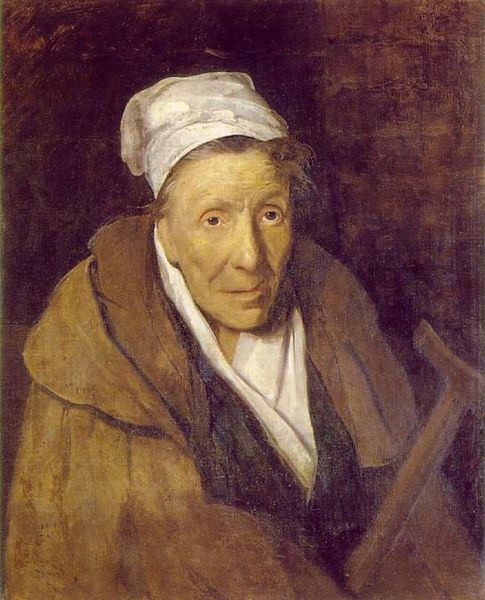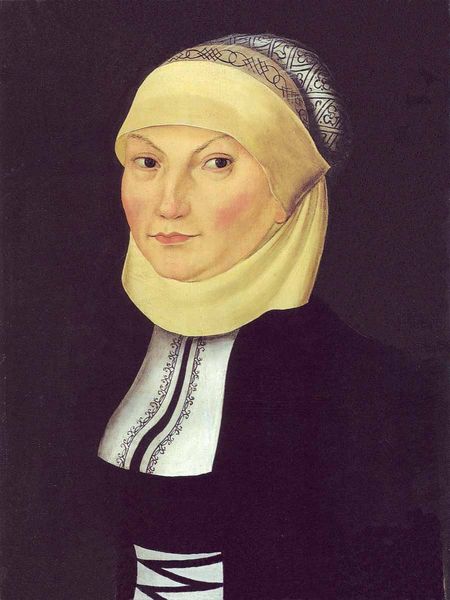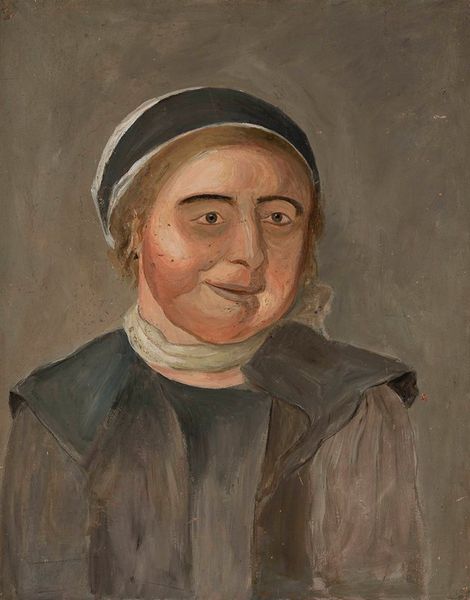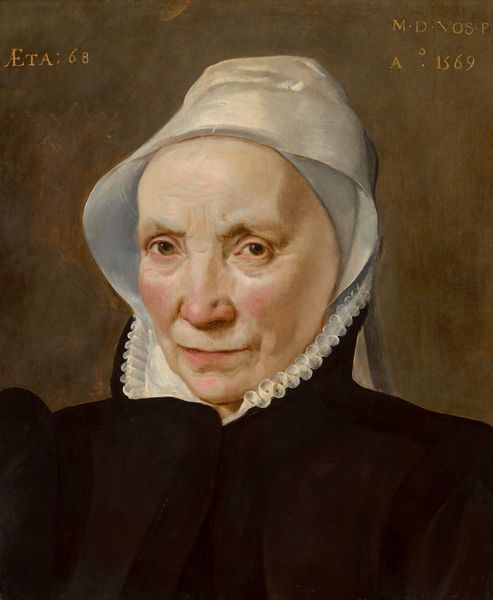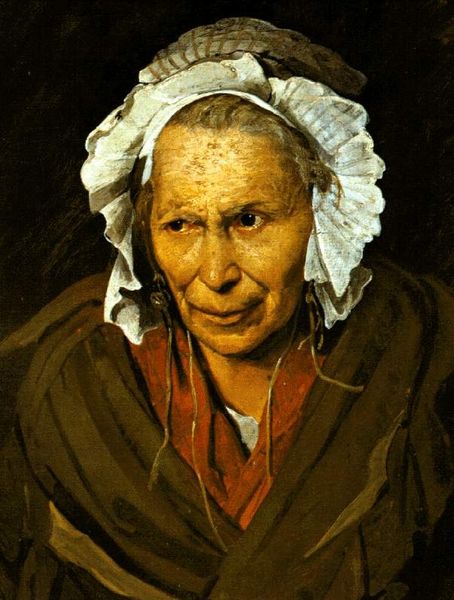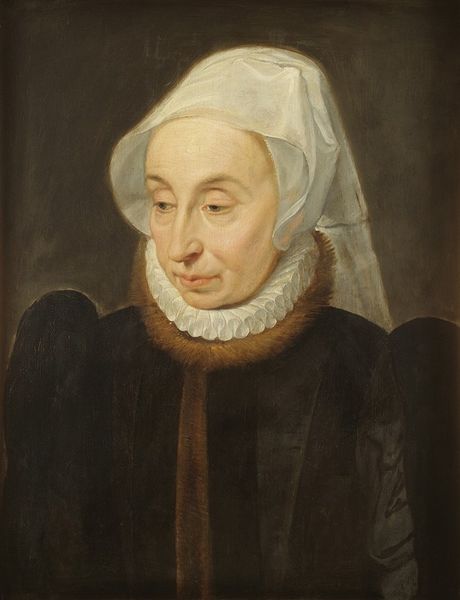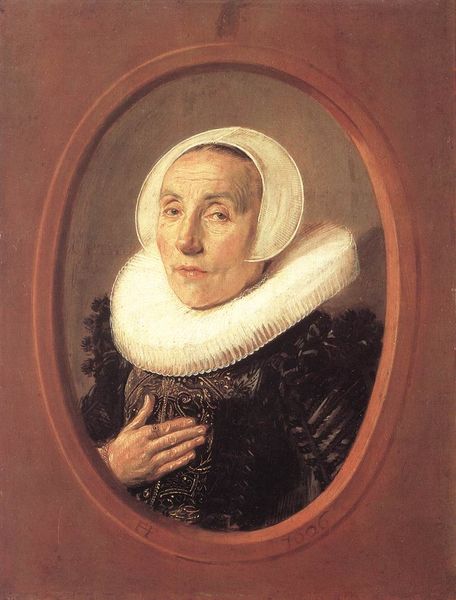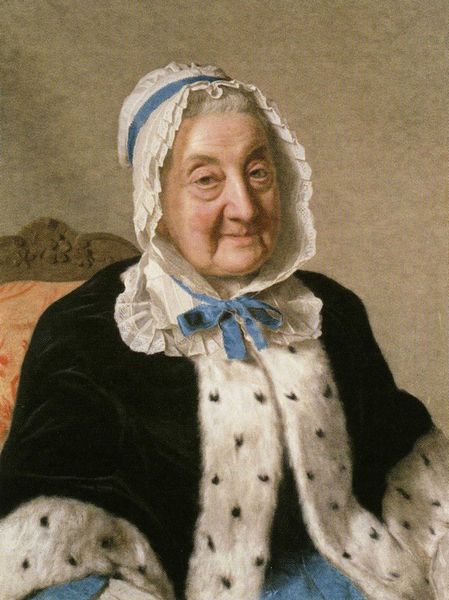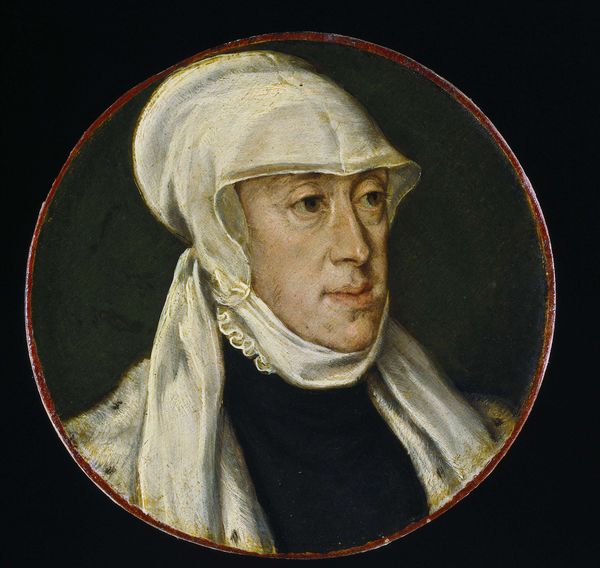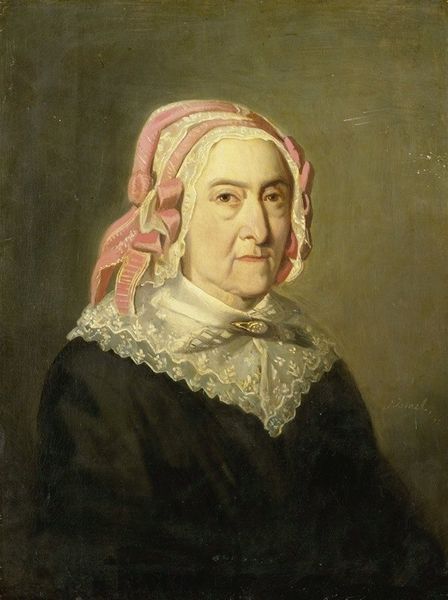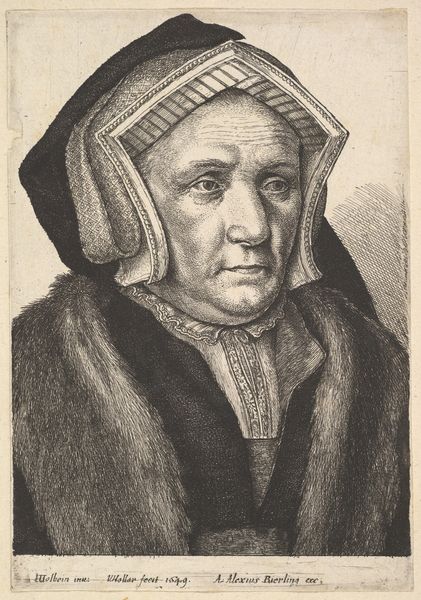
painting, oil-paint
#
portrait
#
painting
#
oil-paint
#
expressionism
#
modernism
#
realism
Dimensions: 129 x 141 cm
Copyright: Public domain US
Editor: This is Diego Rivera's "Head of a Breton Woman," painted around 1910 using oil on canvas. Her direct gaze is incredibly compelling, and the rough brushstrokes create a raw, almost unsettling effect. What do you see in this piece? Curator: The Breton cap immediately speaks of cultural identity, a powerful marker within Breton society itself, but also a means of displaying regional distinctiveness to the rest of France and beyond. It tells a story of tradition, perhaps resilience against homogenizing forces. But look at her eyes. Do you see sadness, wisdom, or perhaps a quiet defiance there? Rivera offers us no easy answers. Editor: I think there's wisdom in those eyes. Like she's seen a lot. Does the darkness of her clothing play a role in the image's symbolism? Curator: Absolutely. The somber tones may symbolize mourning, perhaps the collective mourning for a fading way of life. Clothing holds significant social information – who do we think we are, and how do we want to be perceived. Rivera might also be engaging in a kind of social realism. Editor: That's a new way to look at it! The idea that clothing could express the feelings of an entire people... Curator: Indeed! Rivera understood how symbols, especially those linked to cultural identity and personal expression, could evoke potent emotional responses and convey deep-seated societal values. Visual elements become like relics that reflect societal change and cultural continuity. Editor: This really opened my eyes. Thanks for sharing your insights! Curator: My pleasure. These old paintings continue speaking volumes once we have the keys to understand their vocabulary.
Comments
No comments
Be the first to comment and join the conversation on the ultimate creative platform.

